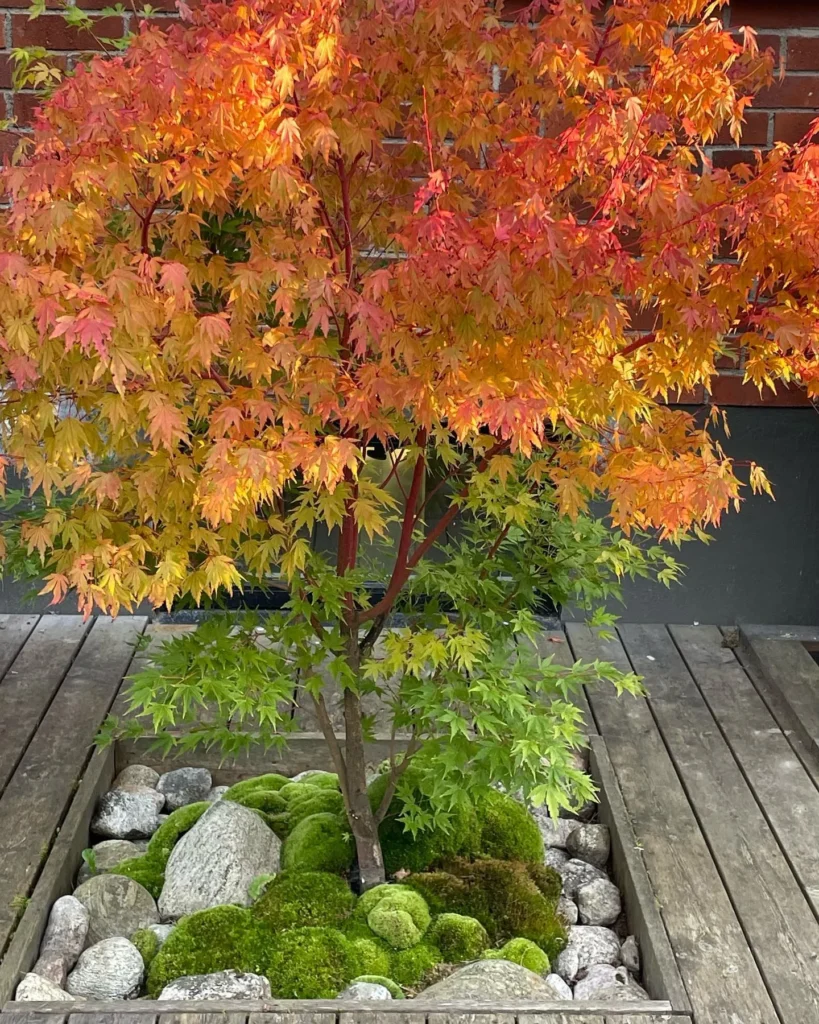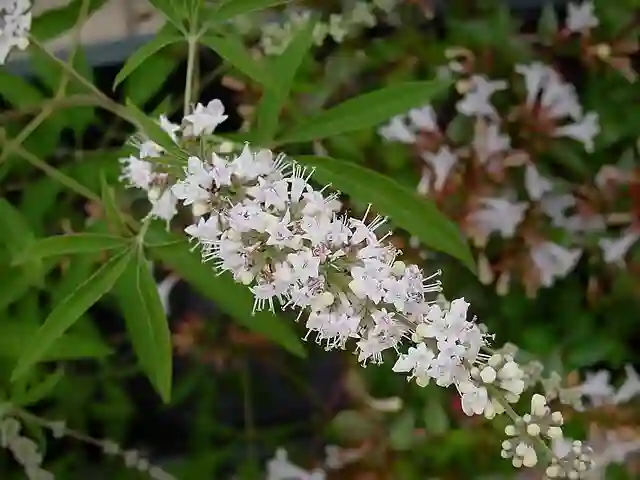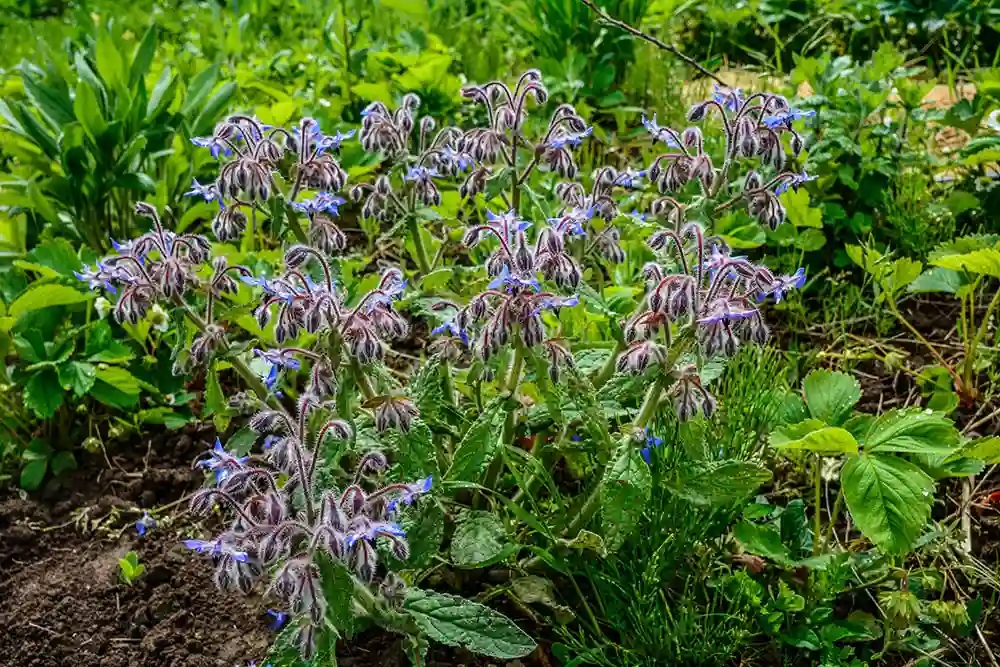The Thurniaceae Family: A Deep Dive into Prionium and Thurnia
The Thurniaceae family may not be as popular as some of its botanical relatives, but it certainly has its own unique charm. Comprised of two primary genera—Prionium and Thurnia—this family is native to some fascinating environments and offers a glimpse into the diverse adaptations of plant life. As a plant enthusiast, exploring this family has been a captivating journey, and I want to share my experiences and insights into these intriguing genera.
What is the Thurniaceae Family?
The Thurniaceae family falls under the order Poales, which includes more commonly known families like Poaceae (grasses) and Cyperaceae (sedges). What sets Thurniaceae apart is its morphological characteristics and ecological adaptations. This family primarily includes perennial, herbaceous plants that thrive in wet, marshy environments. These adaptations make them not only intriguing but also valuable in understanding plant evolution and ecology in specific habitats.
Exploring the Genus Prionium
Overview of Prionium
Prionium is a small genus, with its most well-known species being Prionium serratum. Native to South Africa, Prionium serratum, commonly referred to as the “Cape Rush” or “Palmiet,” is an evergreen, reed-like plant. It thrives in riparian zones—areas adjacent to rivers and streams—where it plays a crucial role in preventing soil erosion and maintaining the integrity of riverbanks.
Personal Observations
In my experience, Prionium serratum is a visually striking plant. It grows in dense clumps and can reach up to 1.5 meters in height. The plant’s robust, grass-like leaves are arranged in a fan shape, which adds a structured, architectural element to any landscape. I’ve seen this plant used in both naturalistic garden settings and as a functional component in eco-friendly landscaping.
One of the things that stood out to me about Prionium serratum is its resilience. It can withstand not only the fluctuating water levels typical of its natural habitat but also a range of soil conditions, from sandy to loamy. This adaptability makes it a versatile choice for gardeners looking to incorporate water-wise plants.
The Genus Thurnia: A Lesser-Known Gem
Overview of Thurnia
The genus Thurnia is far less known than Prionium, but it has its own unique characteristics. Named after the 19th-century British botanist Sir Everard im Thurn, this genus includes only a handful of species. These plants are typically found in tropical South America, often in nutrient-poor, sandy soils. The most notable species is Thurnia sphaerocephala, which has a distinctive inflorescence resembling a small ball, hence the name “sphaerocephala.”
My Experiences with Thurnia
Discovering Thurnia has been like uncovering a hidden gem. Unlike the towering presence of Prionium, Thurnia plants are more delicate, with slender, grass-like leaves. I found their inflorescence to be particularly captivating. The spherical flower heads, perched atop long, thin stalks, have a subtle beauty that adds an interesting focal point to wetland areas.
Cultivating Thurnia can be challenging due to its specific habitat requirements. It prefers consistently moist, well-drained soils and full sun. When I attempted to grow it in a controlled environment, maintaining the right balance of moisture and drainage was crucial. Overwatering or allowing the roots to sit in stagnant water can quickly lead to rot. However, when given the right conditions, Thurnia can thrive and add a unique texture to any collection of aquatic or bog plants.
Ecological Importance of Thurniaceae
Both Prionium and Thurnia play vital roles in their native ecosystems. Prionium serratum, for example, is a keystone species in South African river ecosystems. Its dense root system helps to stabilize riverbanks, reducing erosion and providing a habitat for a variety of aquatic and semi-aquatic organisms. Similarly, Thurnia species contribute to the stability and biodiversity of tropical wetland habitats.
These plants are not just visually appealing but also functionally significant. They highlight the importance of preserving native species and their habitats, as they offer benefits that go beyond aesthetics.
The Future of Thurniaceae in Horticulture
Given their unique adaptations and ecological roles, both Prionium and Thurnia have potential for wider use in horticulture, particularly in sustainable landscaping and wetland restoration projects. Their ability to thrive in challenging conditions makes them valuable additions to plant collections aimed at conservation and habitat rehabilitation.
Conclusion: A Family Worth Exploring
The Thurniaceae family, with its two distinct genera, Prionium and Thurnia, offers a fascinating glimpse into the adaptability and beauty of wetland plants. Whether you’re a gardener looking for resilient, water-wise plants or a botanist interested in plant ecology and evolution, exploring this family can be both rewarding and enlightening.
For me, learning about and cultivating these plants has deepened my appreciation for the diverse strategies plants use to survive and thrive in various environments. I encourage anyone with an interest in unique plant families to explore the Thurniaceae family—its members may not be well-known, but they have a lot to offer to those willing to look beyond the ordinary.
If i die, water my plants!



